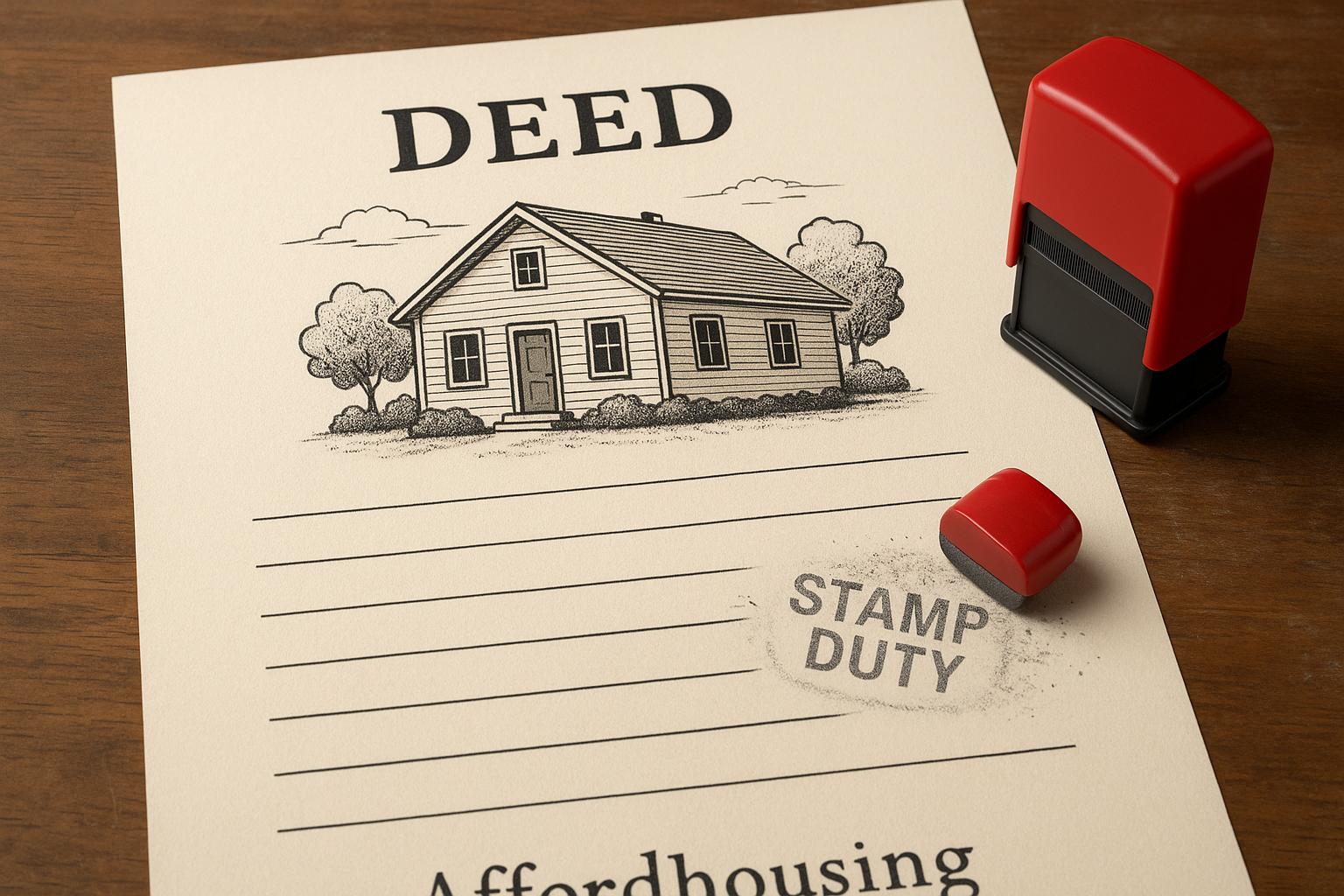At the recent Conservative Party conference, UK opposition leader Kemi Badenoch unveiled a significant policy proposal to abolish stamp duty on primary home purchases in England and Northern Ireland should the Conservatives secure power. Describing the tax as a "bad tax," Badenoch argued that its removal would "free up our housing market" and enhance social mobility by making home ownership more accessible. She said, “We must free up our housing market, because a society where no one can afford to buy or move is a society where social mobility is dead.” This pledge positions stamp duty abolition as a key Conservative ambition to revive the housing market and contribute to a fairer society.
Stamp duty, a “slab” tax applied at different rates on property purchases, currently has a nil rate band of £125,000 in England and Northern Ireland, with first-time buyers benefiting from a higher threshold of £300,000. The stamp duty system raised approximately £13.9 billion in the last financial year, much of it from transactions involving additional homes and non-primary residences. Analysts from the Institute for Fiscal Studies (IFS) estimate that removing stamp duty on primary homes would reduce government revenues by about £4.5 billion annually. According to Paul Johnson, the IFS’s former director, scrapping stamp duty is a compelling reform choice but should be offset by increasing council tax on higher-value properties to balance public finances. Johnson cautioned that tax relief should also extend to second homes to avoid distorting the rental market.
The proposal was met with cautious optimism and critique by financial experts. Sarah Coles, a head of personal finance at Hargreaves Lansdown, noted that while stamp duty contributes to buying costs, it is often not the main obstacle for many buyers, who face greater challenges raising deposits and managing other transaction costs such as estate agency fees, conveyancing, and removals. She highlighted that first-time buyers already pay no stamp duty on properties up to £300,000, suggesting that deposit requirements remain the biggest hurdle. Meanwhile, Stuart Cheetham, CEO of mortgage lender MPowered, warned that eliminating stamp duty could stimulate the property market but might also accelerate house price increases, neutralizing any financial gains for buyers.
Lucian Cook, head of residential research at Savills, pointed out that any tax cuts for buyers frequently translate directly into higher property prices, essentially passing the benefit from buyers to sellers. He estimated that the relief would most affect mortgaged homebuyers and downsizers rather than first-time buyers, given existing stamp duty exemptions already favour the latter group.
Badenoch's announcement forms part of a broader Conservative policy agenda aimed at fiscal restraint and economic rejuvenation. Alongside the stamp duty pledge, she introduced a fiscal "golden rule," which promises half of any savings from £47 billion in planned annual public spending cuts—targeting welfare, foreign aid, and public sector employment—would be dedicated to debt reduction, with the remainder supporting tax cuts or public spending. Notably, she also pledged to abolish net zero environmental targets. These measures reflect a strategic effort to reposition the Conservative Party’s image following post-Brexit disruptions and internal divisions.
Supporters argue the abolition of stamp duty could energise the housing market by reducing upfront transaction costs and stimulating related spending on movers, builders, and furniture, thereby benefiting the wider economy. However, economists remain divided on its overall impact, debating whether it would significantly improve housing affordability or simply inflate prices. The complexity of balancing tax relief, public revenue, and equitable housing access remains central to the policy discourse as the next general election approaches.
📌 Reference Map:
- Paragraph 1 – [1], [3], [4], [6]
- Paragraph 2 – [1], [6]
- Paragraph 3 – [1]
- Paragraph 4 – [1]
- Paragraph 5 – [2], [6]
- Paragraph 6 – [4], [5]
Source: Noah Wire Services
